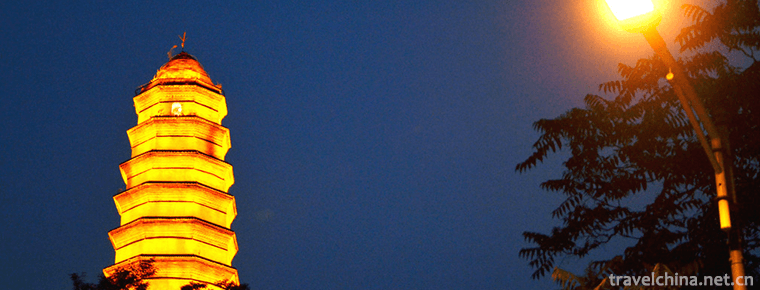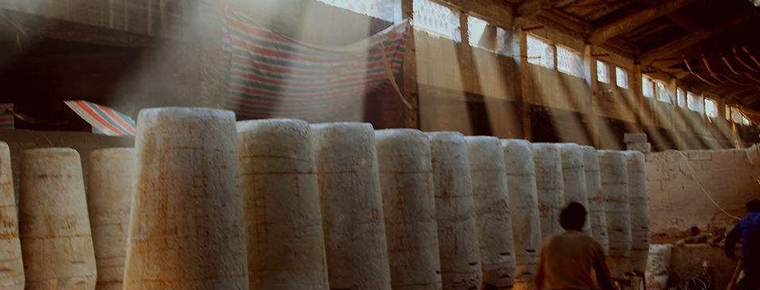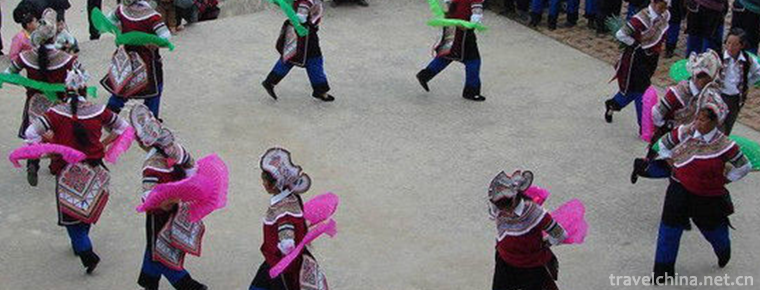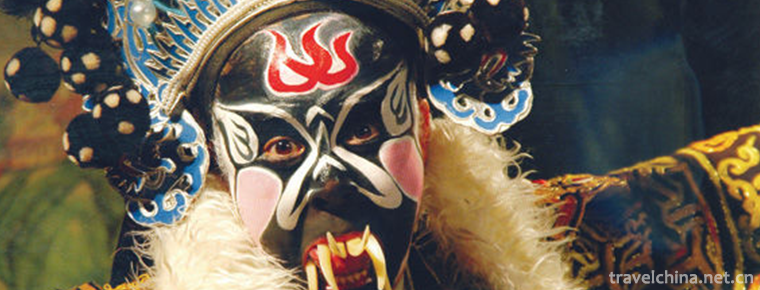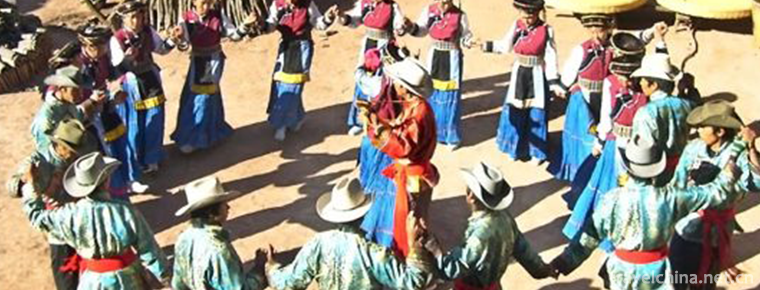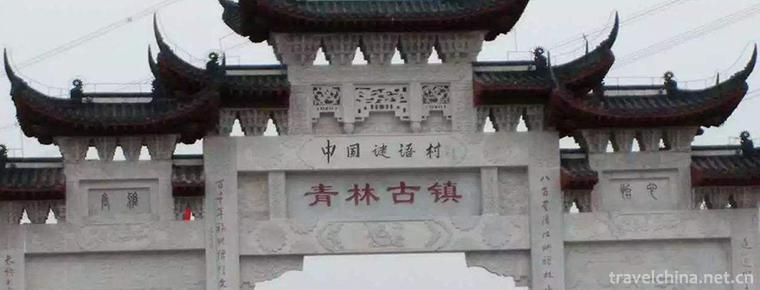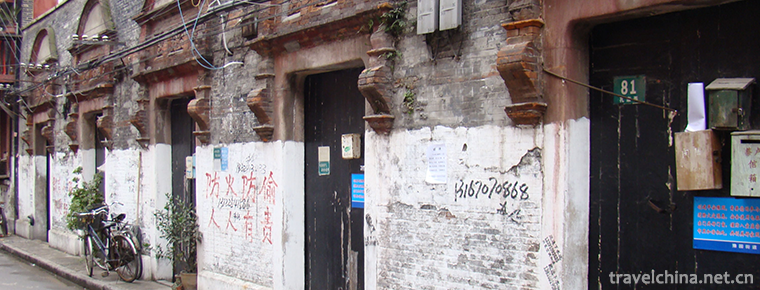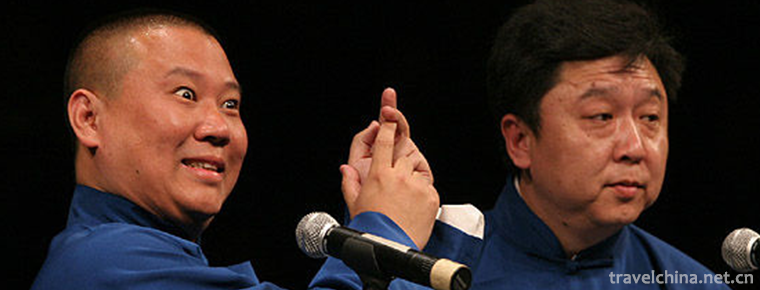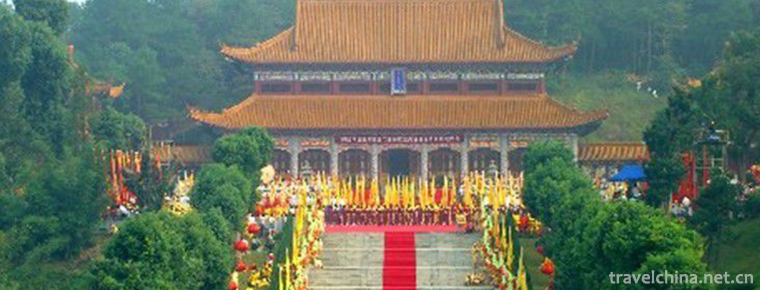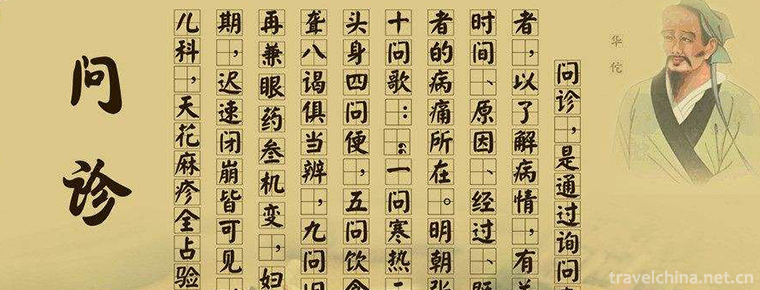Tsinghua University
Tsinghua University
The campus of Tsinghua University is situated in northwest Beijing on the site of the former imperial gardens of the Qing Dynasty, and surrounded by a number of historical sites.
Tsinghua University was established in 1911, originally under the name “Tsinghua Xuetang”. The school was renamed "Tsinghua School" in 1912. The university section was founded in 1925. The name “National Tsinghua University” was adopted in 1928.
The faculty greatly valued the interaction between Chinese and Western cultures, the sciences and humanities, the ancient and modern. Tsinghua scholars Wang Guowei, Liang Qichao, Chen Yinque and Zhao Yuanren, renowned as the "Four Tutors" in the Institute of Chinese Classics, advocated this belief and had a profound impact on Tsinghua's later development.
Tsinghua University was forced to move to Kunming and join with Peking University and Nankai University to form the Southwest Associated University due to the Resistance War against the Japanese Invasion in 1937. In 1946 The University was moved back to its original location in Beijing after the war.
After the founding of the People's Republic of China, the University was molded into a polytechnic institute focusing on engineering in the nationwide restructuring of universities and colleges undertaken in 1952. In November 1952, Mr. Jiang Nanxiang became the President of the University. He made significant contributions in leading Tsinghua to become the national center for training engineers and scientists with both professional proficiency and personal integrity.
Since China opened up to the world in 1978, Tsinghua University has developed at a breathtaking pace into a comprehensive research university. At present, the university has 20 schools and 58 departments with faculties in science, engineering, humanities, law, medicine, history, philosophy, economics, management, education and art.
With the motto of “Self-Discipline and Social Commitment” and the spirit of “Actions Speak Louder than Words”, Tsinghua University is dedicated to the well-being of Chinese society and to world development. As one of China’s most prestigious and influential universities, Tsinghua is committed to cultivating global citizens who will thrive in today’s world and become tomorrow’s leaders. Through the pursuit of education and research at the highest level of excellence, Tsinghua is developing innovative solutions that will help solve pressing problems in China and the world.
Located in the northwestern suburbs of Beijing, Tsinghua University was established in 1911 on the site of “Qing Hua Yuan (Tsinghua Garden)” —a former royal garden of the Qing Dynasty. Partly funded by the “Gengzi Indemnity”, also known as “Boxer Indemnity,” it functioned at first as a preparatory school called “Tsinghua Xuetang (Tsing Hua Imperial College)” for those students who were sent by the government to study in the United States.
On April 29, 1911, Tsinghua Xuetang began its first term of study, and from that year on, the Tsinghua’s anniversary has fallen on the last Sunday of April. The name was changed to “Tsinghua Xuexiao (Tsing Hua College)” after the 1911 Revolution.
In 1925, Tsinghua launched its four-year undergraduate programme. In 1928, its name was changed to “Guoli Tsinghua Daxue (National Tsinghua University),” and in the autumn of 1929 its graduate school was set up.
Following the outbreak of the War of Resistance against Japan in 1937, Tsinghua University, Peking University and Nankai University merged to form the National Southwest Associated University in Kunming. After the war, Tsinghua University moved back to its original Beijing campus.
Three years after the founding of the People’s Republic of China, a nationwide restructuring of institutes of higher education began, and in 1952, Tsinghua University became a multidisciplinary polytechnic university specializing in training engineers. In November of that year, the Ministry of Education appointed Jiang Nanxiang as President.
Since 1978, Tsinghua University has strengthened its teaching in sciences, economic management, humanities and law. In 1999, Tsinghua opened the School of Arts and Design by merging with the Central Academy of Arts and Design. In 2012, the Graduate School of the People's Bank of China (PBC) merged into Tsinghua University as Tsinghua University PBC School of Finance. Today, Tsinghua has become a world-leading comprehensive university that offers subject areas in engineering, science, economics, management, art, medicine, philosophy, law, literature, history and education. Students are provided diversified development paths to advance their critical thinking and entrepreneurship through research-based learning.
Over the past over 100 years, Tsinghua University has witnessed and shared the hardships and glories of the nation. The University’s motto of “Self-discipline and Social Commitment” has inspired many generations of Tsinghua teachers and students to struggle for the prosperity of China.
In 2017, Tsinghua officially released its "Double First-Class (First-Class University & First-Class Disciplines)" development plan. As one of China’s most prestigious and influential universities, Tsinghua is committed to cultivating global citizens who will thrive in today’s world and become tomorrow’s leaders. Through the pursuit of education and research at the highest level of excellence, Tsinghua is developing innovative solutions that will help solve pressing problems in China and the world.
Timeline
1911 Founding of "Tsing Hua Imperial College", later changed to "Tsing Hua College" (preparatory school for students to study in the USA)
1925 Launching of four-year undergraduate programme
1928 "National Tsinghua University" is set up with 16 departments in four schools: the Liberal Arts, Law, Sciences, and Engineering
1937 Tsinghua moved to Changsha, merging with Peking University and Nankai University to form "Changsha Temporary University"
1938 Moved to Kunming, changing its name to "National Southwest Associated University"
1946 Returned to the original campus, "Qing Hua Yuan (Tsinghua Garden)", in Beijing, and founded the School of Agriculture
1952 Restructured as a polytechnic university after the nationwide restructuring
1978 Nationwide College Entrance Examination is resumed
1984 Establishes the first Graduate School in China.
― School of Economic Management is formed out of the existing department of management engineering.
― School of Sciences resumes on the basis of science departments.
1985 First School of Continuing Education opens in China
1988 Establishes School of Architecture
1993 Former departments and research institutes in the humanities and social sciences merged as School of Humanities and Social Sciences
1994 Establishes School of Information Science and Technology
1996 Establishes School of Mechanical Engineering
1999 School of Law reopens Establishes School of Applied Sciences and Technology Establishes Academy of Arts and Design by merging with the Central Academy of Arts and Design
2000 Establishes School of Civil Engineering Establishes School of Public Policy and Management.
2001 Establishes School of Medicine
2002 Establishes School of Journalism and Communication
2003 Merges Huaxin Hospital and Yuquan Hospital into Tsinghua
2004 Establishes School of Aerospace
2006 Peking Union Medical College changed its name to "Peking Union Medical College (Division of Medicine, Tsinghua University)"
2008 Establishes School of Marxism
2009 Establishes School of Life Sciences
2011 Centenary Celebration
― Establishes School of Environment
2012 PBC School of Finance, School of Humanities, School of Social Sciences, School of Materials Science and Engineering established
2015 School of Pharmaceutical Sciences established Schwarzman College established
2016 Department of Earth System Science established School of Clinical Medicine established
2017 Department of the History of Science established
2019 Department of Astronomy established School of Vehicle and Mobility established




















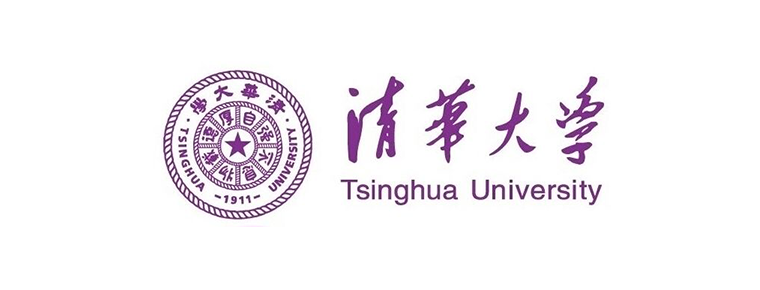
-
Baota Mountain Scenic Area Yan an
The pagoda was built in the Tang Dynasty. It is 44 meters high and has nine floors. It can be seen from the top of the pagoda. It is a symbol of Yan'an, a historic city, a sacred revolutionary site.
Views: 188 Time 2019-03-01 -
Construction Techniques of Jingdezhen Traditional Porcelain Kiln Workshop
Jingdezhen traditional porcelain kiln workshop building skills, Jiangxi Province Jingdezhen local traditional ceramic industry building and building skills, one of the national intangible cultural her.
Views: 86 Time 2019-05-08 -
Music dance
Musical dance is popular on the South Bank of the Red River, so it is also known as "Jiangwai" Yi dance. The Yi language is called "Zai Bi", which means jumping up in pairs. .
Views: 289 Time 2019-05-11 -
Ninghai Pingtao
Ninghai Pingdao originated in the late Ming and early Qing Dynasty and was popular near Ningbo. It has a history of three or four hundred years. Ninghai Ping Tune belongs to the branch of Xinchang Tun.
Views: 124 Time 2019-06-08 -
Pumi rubbing
Pumi nationality rubbing "rubbing consultation" is Pumi language, "rubbing" means dancing, "rubbing" means dancing, that is, dancing. When dancing, the leader strikes the.
Views: 307 Time 2019-06-09 -
The riddle of Qinglin Temple
The number of riddles in Qinglin Temple is abundant, there are about 5000. There are many kinds of riddles, such as object riddles, event riddles and crossword riddles. Many of the riddles have high c.
Views: 114 Time 2019-06-11 -
Architectural Construction Skills of Shikumen Lane
Shikumen is a new type of architecture which combines the characteristics of western culture and traditional Chinese dwellings. Shanghai Shikumen Lane Residence originated in Tongzhi Period of Qing Dy.
Views: 124 Time 2019-06-15 -
Cross talk
Crosstalk is a folk art of rap and singing. It takes the form of speaking, learning, teasing and singing to highlight its characteristics. Famous cross talk performers include Zhang Shouchen, Ma Sanli.
Views: 229 Time 2019-07-03 -
Yandi Festival
"Yandi Mausoleum Festival" is divided into official and folk sacrifices. Folk sacrifice began in summer, official sacrifice originated in Zhou, and Emperor sacrifice originated in Tang Dynas.
Views: 165 Time 2019-07-10 -
Tiger Sheng of Yi Nationality
Tiger Sheng of Yi nationality is a magical traditional dance of Yi nationality. The Yi people worship tigers and take tigers as totems. It has been said since ancient times that tigers are the people .
Views: 170 Time 2019-07-12 -
Diagnosis of Traditional Chinese Medicine
Diagnosis of traditional Chinese medicine, one of the traditional Chinese medicine, is declared by the Chinese Academy of Traditional Chinese Medicine, one of the national intangible cultural heritage.
Views: 325 Time 2019-08-10 -
Girl on Bridge Hai Lun Tik Tok Songs 2020 Hot Songs
Girl on Bridge is a song composed and sung by Helen and released on November 9, 2019.
Views: 205 Time 2020-05-21
